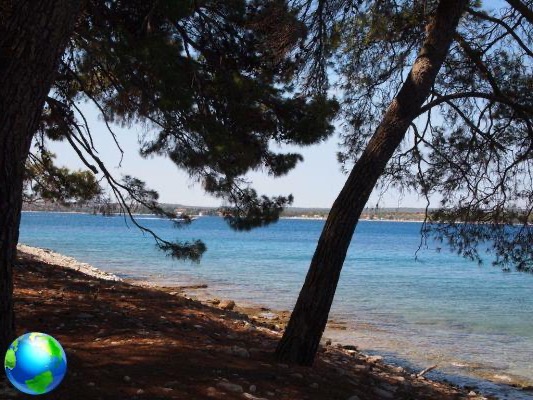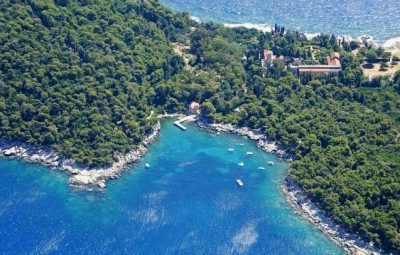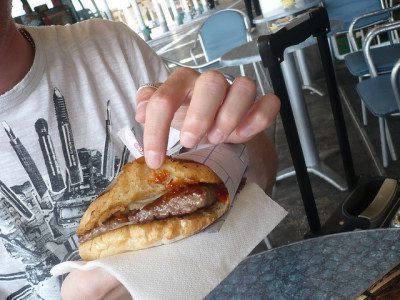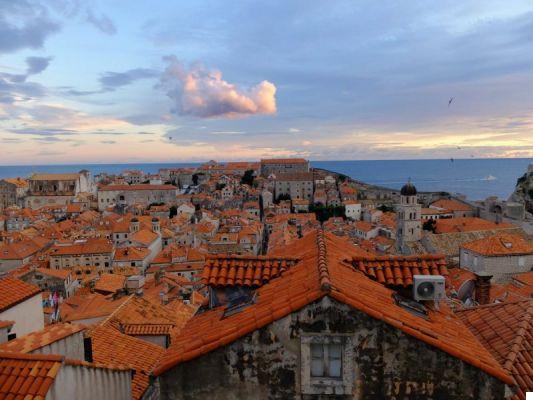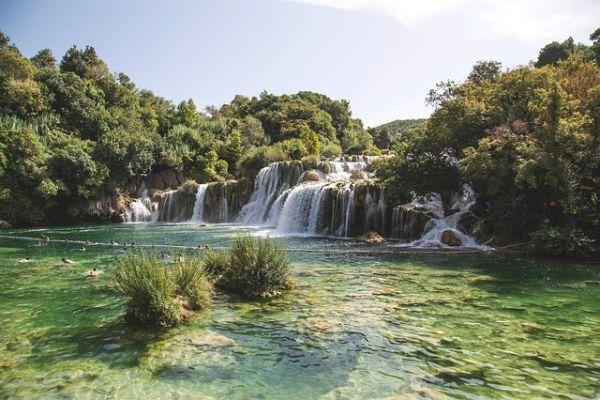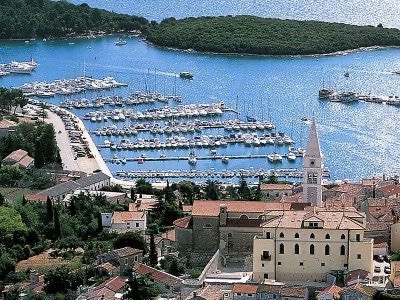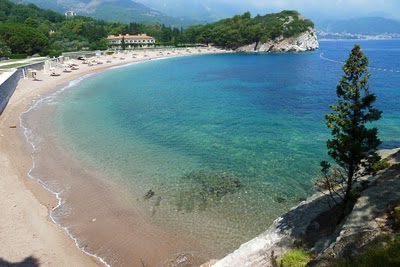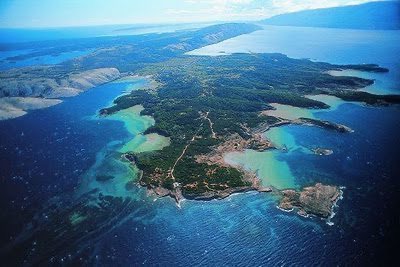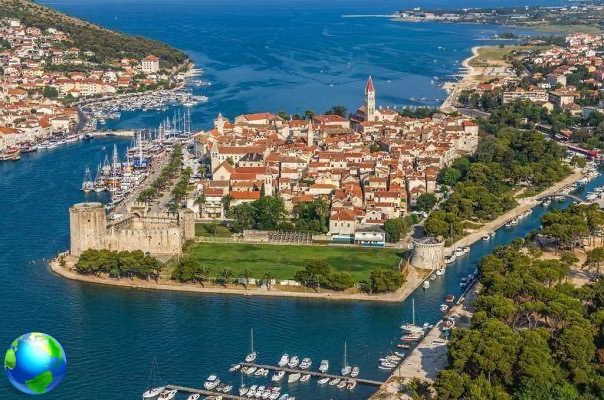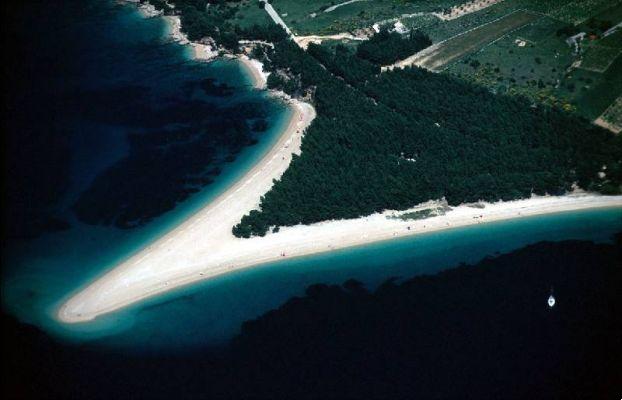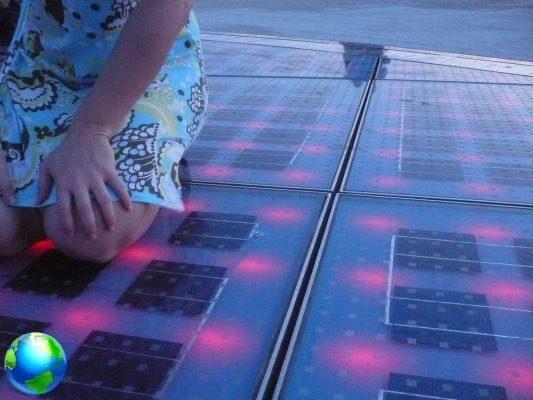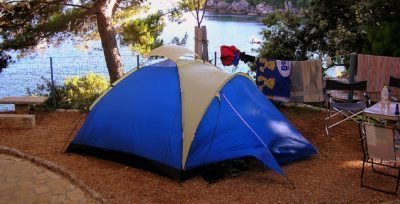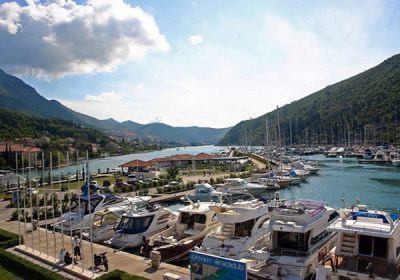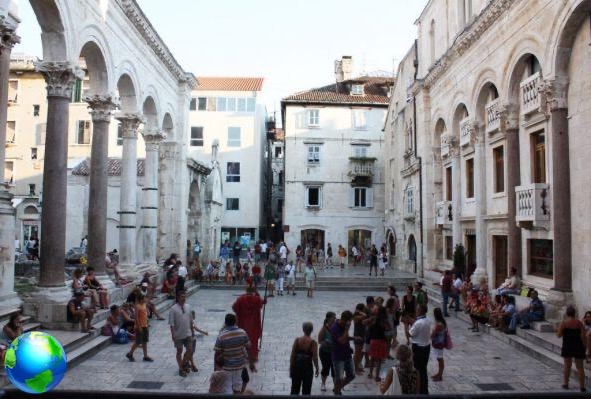Porec, discovering the serenissima in Istria: what to do and how to get around to discover the city of mosaics, between culture and landscapes.
Istria is a very large country, in this post we accompany you to discover Porec. There is history, there is a beautiful village to visit, but above all there is an area, in my opinion, perfect for stays: the Zelena lagoon.
It is a small bay about 4km from the small village. Full of hotels, campsites, shops, bars, restaurants. Browsing the web I find the right offer: all inclusive.


How to get to Istria
There are several ways in which you could reach Istria and specifically Poreč.
The key point if you take public transport is Trieste. There are numerous connections by bus and train from all over the boot and once you arrive in Trieste there are numerous companies that make connections with all of Eastern Europe and finding one will not be difficult.
We took Flixbus which connects Trieste with the whole coast of Istria. Ours was a sweet journey through hills, villages and borders (between Slovenia and Croatia) lasting about two hours. Are you feeling adventurous and want to enjoy a different, alternative journey? Then you could choose the connection between Venice and Poreč directly by ferry that will allow you to dock on the central street of the village.
Porec, the city of mosaics
The historic village of the city rises from the coast towards the sea with all the pride of its history. Along all the city walls, still visible today, it is possible to take a relaxing walk by the sea. You could spend your evenings here watching beautiful Croatian sunsets and seeing the sun plunging directly into the sea.
However Poreč is renowned all over the world for being the city of mosaics. It is unthinkable then not to visit there Euphrasian Basilica. In fact, inside it hides and guards the precious treasure that earned it its inclusion in Unesco World Heritage.
The mosaics of the sixth century are in fact the pride of this Basilica and this city. The view from the top of the bell tower is also beautiful. The color of the red roofs, typical of these villages, contrasts with the blue of the sky and the sea.
The admission price is 40Kn for adults and 20Kn for students. Yes, we must remember that there is no euro in Croatia.
You may think it is an advantage but in reality it is not always the case. Prices are in fact related to the euro and this convenience you will see that there is not very often. Only in some bakeries have we noticed an economic advantage but for tourist places you will see that the same reasoning does not apply. It must be remembered that in reality Porec was already famous in Roman times. And it is precisely for this reason that in reality the city plan is still based on the thistle and the decumanus.
In a corner of the city, hidden a bit from the public, the remains of an auspicious past are still visible today. Columns, stones, architraves supported and placed there in the best possible way make us reflect on a glorious past as a Roman city. In reality it is a bit the theme of the whole conservation of the historical and cultural heritage of these areas. There is but one could certainly do better for their conservation. But beyond this personal criticism, one can always proceed through the narrow streets of this village, discovering the Romanesque house, the city walls, the towers and the influences of the serenissima in architecture.
Also north of the city there is a beautiful one walk along the coast sinuous with a lot of heart and writing where you can take souvenir photos. Throughout the summertime Porec comes alive with festivals and fairs. Sacred, singing, medieval and sporting festivals that will brighten your days.
Very suggestive is the possibility to enjoy the sunset directly on wooden boats or on small submarines to admire the dolphins of the Istrian coast. There is also always the possibility of organizing boat trips and excursions to other cities on the coast and stopping for a dip in the clear and fresh waters or to enjoy a good grilled fish.

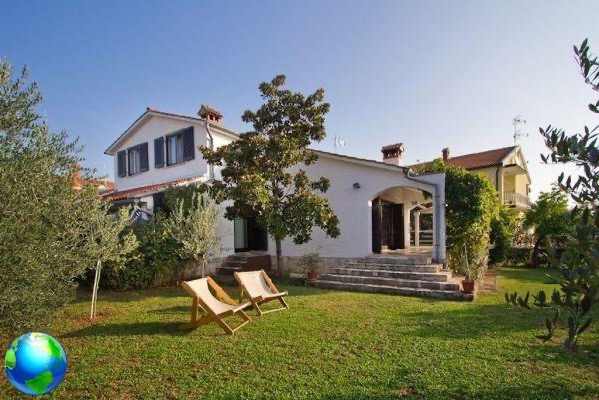
Zelena Laguna
Il village of Porec it is connected to the lagoon with a beautiful walk of about 4km under a cool and shady pine forest or with a comfortable tourist train. Along the entire promenade there are tools to keep fit, water slides, rental points for canoes, bicycles and sun loungers.
What to do around Poreč?
They definitely deserve to be seen Baredine Caves.
Achieving them is not difficult. They are located not far from Poreč and there are bus connections, but if you want a special day you could rent electric bikes and take the very famous "parenzana" (a former railway road transformed into a cycle path) thus reaching the caves in an alternative, comfortable way. but above all ecological. The visit lasts about 40 minutes and costs 75kn (more or less 10 €, but remember to bring only kuna as they do not accept euros).
Inside the caves you will find stalactites and stalagmites - the classic works of water - and the very famous Proteus, an endemic animal that lives only in karst areas.
In the vicinity of the caves there is also the Tractor Museum, with a permanent exhibition of about fifty vehicles (35kn the price, about € 5) and the Konobon Gallery, an exhibition dedicated to bread, olive oil (of which the region is rich) and wine.
In the winter to reach the caves there is the line Porec-Visignano (Visnjan). You have to get off at Nova Vas station and then a 1km walk will take you to the caves.
In the summer, however, there is a direct line that starts from Poreč and goes up to the caves.
The visit of the caves is available in various languages including Italian and remember to bring, in the warmer months, a sweater as the temperature inside the cave is 14 °.

Some tips to better visit Istria
In all structures, restaurants, bars and various shops you will hear Italian spoken. They always welcomed us with a smile, speaking in our language, making us feel at home. So don't worry about the language but rather try to be friendly and helpful.
Many of the inhabitants of this area have in fact distant Italian origins or even today they still have our compatriots in the family. In fact, in these areas there has been stained on both sides of crimes against humanity that must not and cannot be forgotten.
But the problems related to territorial "borders" reside in the past. In fact, beauty and culture have no limits. The sea that divides the two shores is the very emblem of the union of two peoples, of two cultures, of two languages and of two different nations which in reality are bathed by the same sea and therefore united by them.




